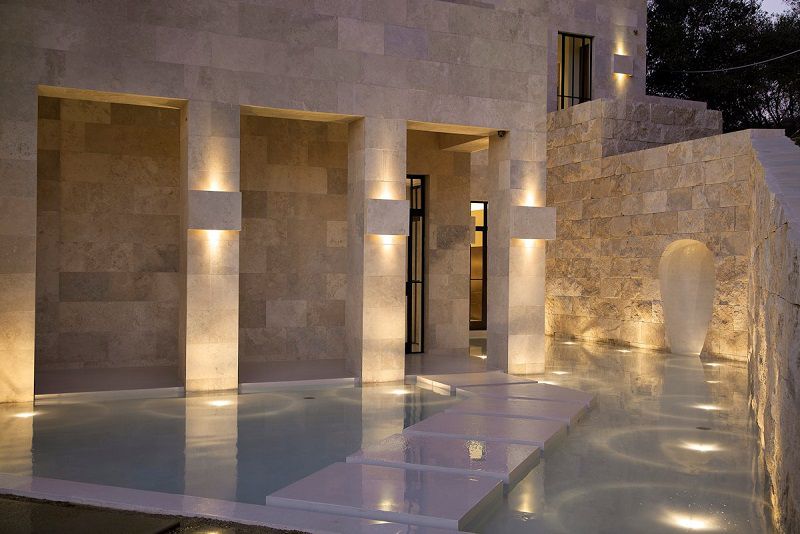- ABOUT
- SLAB INVENTORY
- MARBLEApenino Grey MarbleArabescato MarbleArgus BlackBaran Grey MarbleBianco Carrara MarbleBianco Dolomite MarbleBianco Dolomite Wavy MarbleBianco Ibiza MarbleBlue Lagoon MarbleBlue Stone MarbleBottocino MarbleCalacatta Oro MarbleCalacatta Viola MarbleCappucino MarbleCaretta MarbleCotto Fantastic MarbleDark Emperador MarbleDeep River MarbleDiana Royal MarbleEmotion GreyEquator Striato Olimpico MarbleFusion Black MarbleHarmony Grey MarbleInvisible Blue MarbleInvisible Grey MarbleJasmine White MarbleLight Emperador MarbleLilac MarbleMoon Cream Beige MarbleNarcisse MarbleNero Marquina MarbleNero Picasso MarbleNewyork MarbleOlive Maron MarblePalissandro MarbleRed Violet MarbleRosso Levanto MarbleRosso Venato MarbleSilver Fantasy MarbleSilver Roots MarbleSofita BeigeSunset DolomiteSuper Grey MarbleTundra Blue MarbleTundra Grey MarbleVerde Antico Marble
- TRAVERTINEClassic Light Cross Cut TravertineClassic Light Vein Cut TravertineGolden Cross Cut TravertineGolden Vein Cut TravertineIvory Cross Cut TravertineIvory Vein Cut TravertineLeonardo TravertineNoce Cross Cut TravertineNoce Vein Cut TravertineScabos TravertineSilver Cross Cut TravertineSilver Vein Cut TravertineWalnut Cross Cut TravertineWalnut Vein Cut Travertine
- SERVICES
- BLOG











